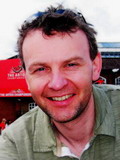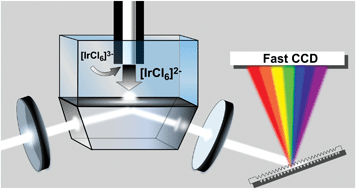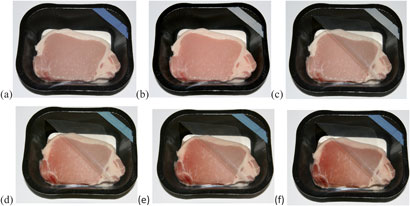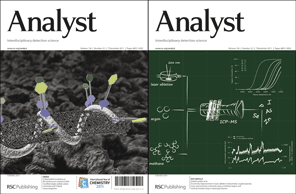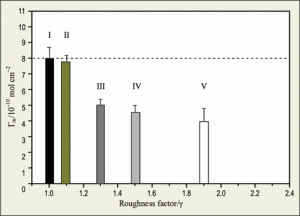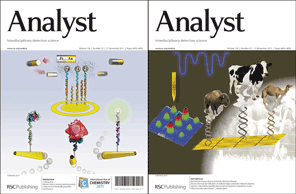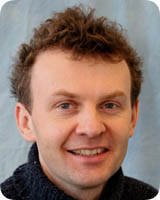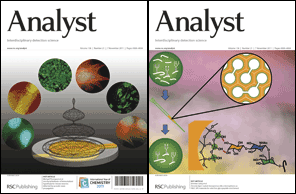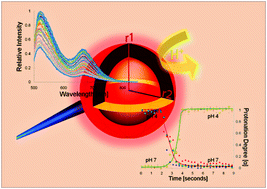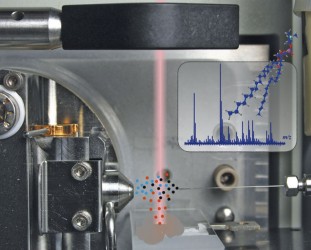 Mass spectrometry is a broad and rapidly developing area of analytical science, which is of great interest whether you are developing new instruments or applying techniques to study something specific.
Mass spectrometry is a broad and rapidly developing area of analytical science, which is of great interest whether you are developing new instruments or applying techniques to study something specific.
We’re committed to publishing the best new research in mass spectrometry and have collected together some recent and popular content from both Analyst and Analytical Methods for you to enjoy. These articles will be free until 25 December (our Christmas present to you) so make the most of this and take a look.
Why not submit your next paper to Analyst or Analytical Methods? We have a truly international readership meaning your research will reach a wide audience, and we work closely with our Boards of leading experts, including:
- R. Graham Cooks, Purdue University – Analyst Editorial Board
- Vicky Wysocki, University of Arizona – Analyst Editorial Board
- Evan Williams, Analyst Associate Editor for the Americas
- Xinrong Zhang, Analyst Associate Editor for Asia
- Jentaie Shiea, Analytical Methods Editorial Board
- Facundo Fernandez, Georgia Institute of Technology – Analyst Advisory Board
- Julia Laskin, Pacific Northwest National Laboratory – Analyst Advisory Board
- Frank Sobbott, University of Antwerp – Analyst Advisory Board
- Renato Zenobi, ETH – Analyst Advisory Board
And don’t forget to stay informed of all our latest content by signing up to our e-alert or following us on Twitter: @analystrsc and @methodsrsc
Critical Review: Ambient ionization mass spectrometry: current understanding of mechanistic theory, analytical performance and application areas
Daniel J. Weston
Analyst, 2010, 135, 661-668
DOI: 10.1039/B925579F
From a themed issue on Ambient mass spectrometry
Critical Review: Top-down mass spectrometry: Recent developments, applications and perspectives
Weidong Cui, Henry W. Rohrs and Michael L. Gross
Analyst, 2011, 136, 3854-3864
DOI: 10.1039/C1AN15286F
Critical Review: Desorption electrospray ionization and other ambient ionization methods: current progress and preview
Demian R. Ifa, Chunping Wu, Zheng Ouyang and R. Graham Cooks
Analyst, 2010, 135, 669-681
DOI: 10.1039/B925257F
From a themed issue on Ambient mass spectrometry
Determination of testosterone and epitestosterone glucuronides in urine by ultra performance liquid chromatography-ion mobility-mass spectrometry
Gushinder Kaur-Atwal, James C. Reynolds, Christopher Mussell, Elodie Champarnaud, Tom W. Knapman, Alison E. Ashcroft, Gavin O’Connor, Steven D. R. Christie and Colin S. Creaser
Analyst, 2011, 136, 3911-3916
DOI: 10.1039/C1AN15450H
A multiclass method for endocrine disrupting chemical residue analysis in human placental tissue samples by UHPLC–MS/MS
F. Vela-Soria, I. Jiménez-Díaz, R. Rodríguez-Gómez, A. Zafra-Gómez, O. Ballesteros, M. F. Fernández, N. Olea and A. Navalón
Anal. Methods, 2011, 3, 2073-2081
DOI: 10.1039/C1AY05162H
Rapid and automated sequential determination of ultra-trace long-lived actinides in air filters by inductively coupled plasma mass spectrometry
Dominic Larivière, Karima Benkhedda, Stephen Kiser, Sonia Johnson and R. Jack Cornett
Anal. Methods, 2010, 2, 259-267
DOI: 10.1039/B9AY00197B











